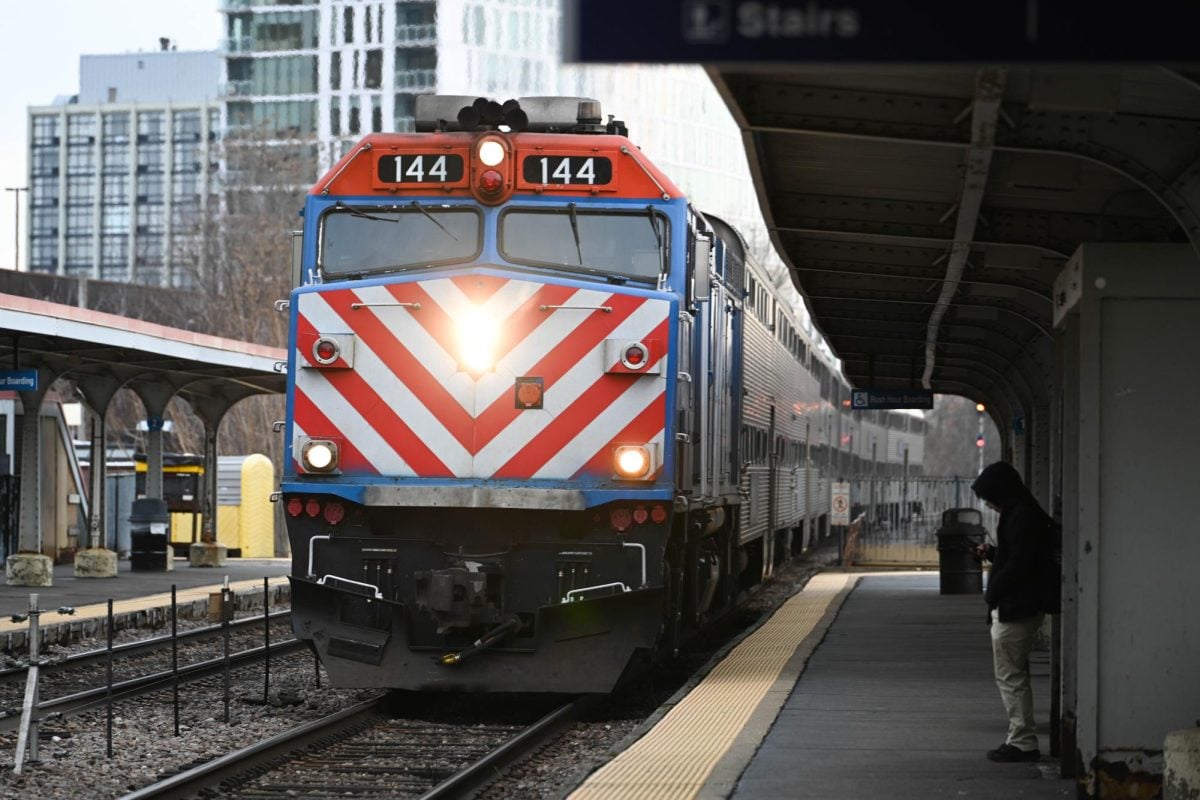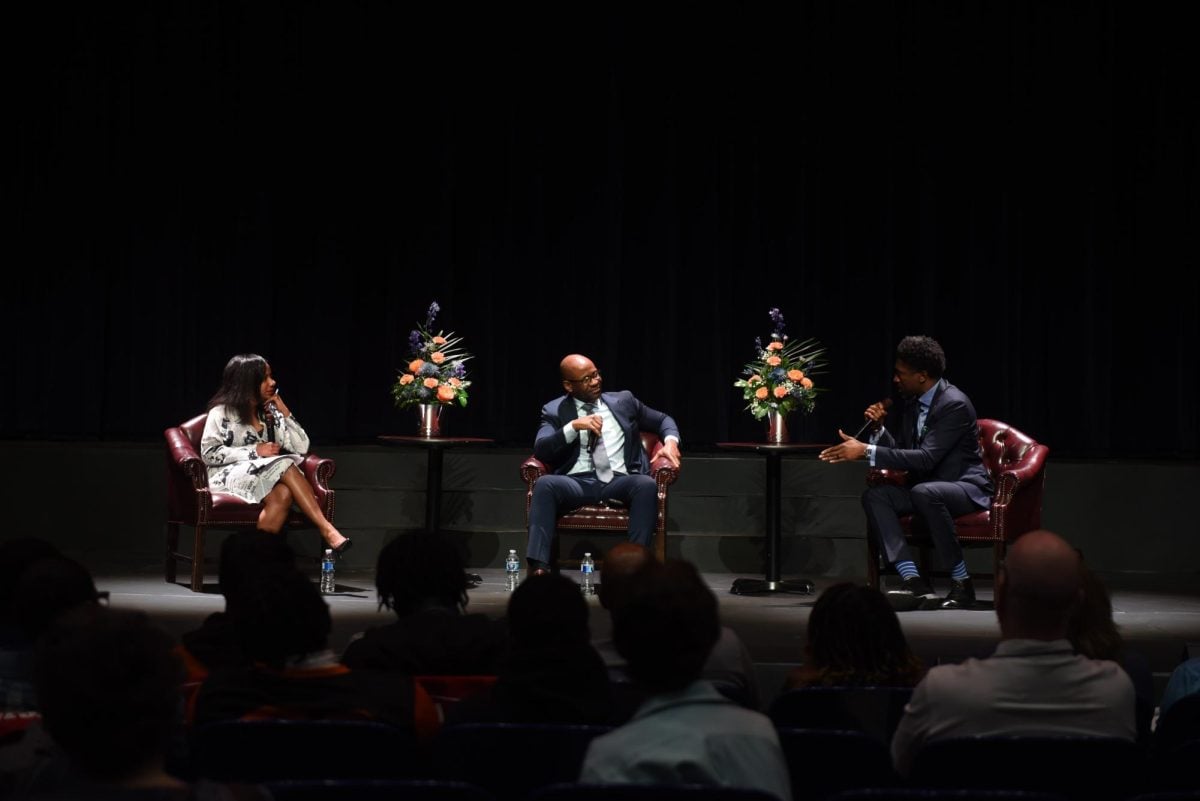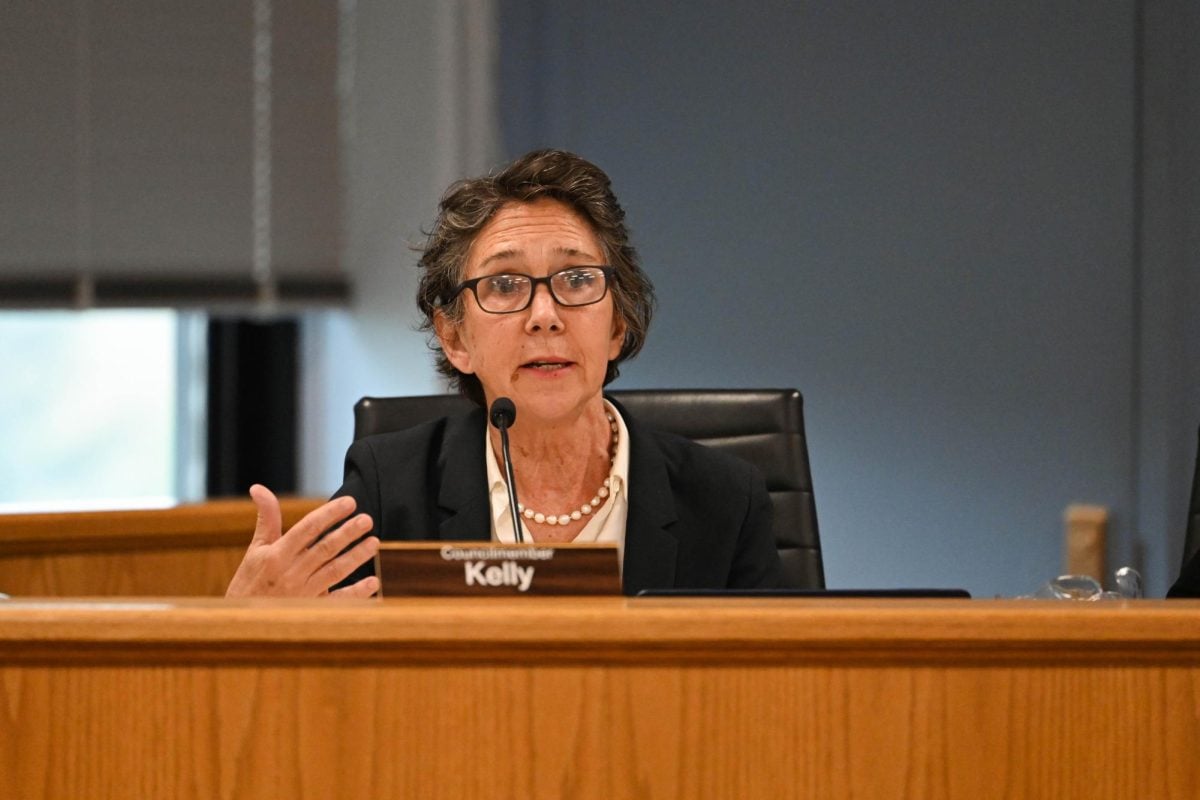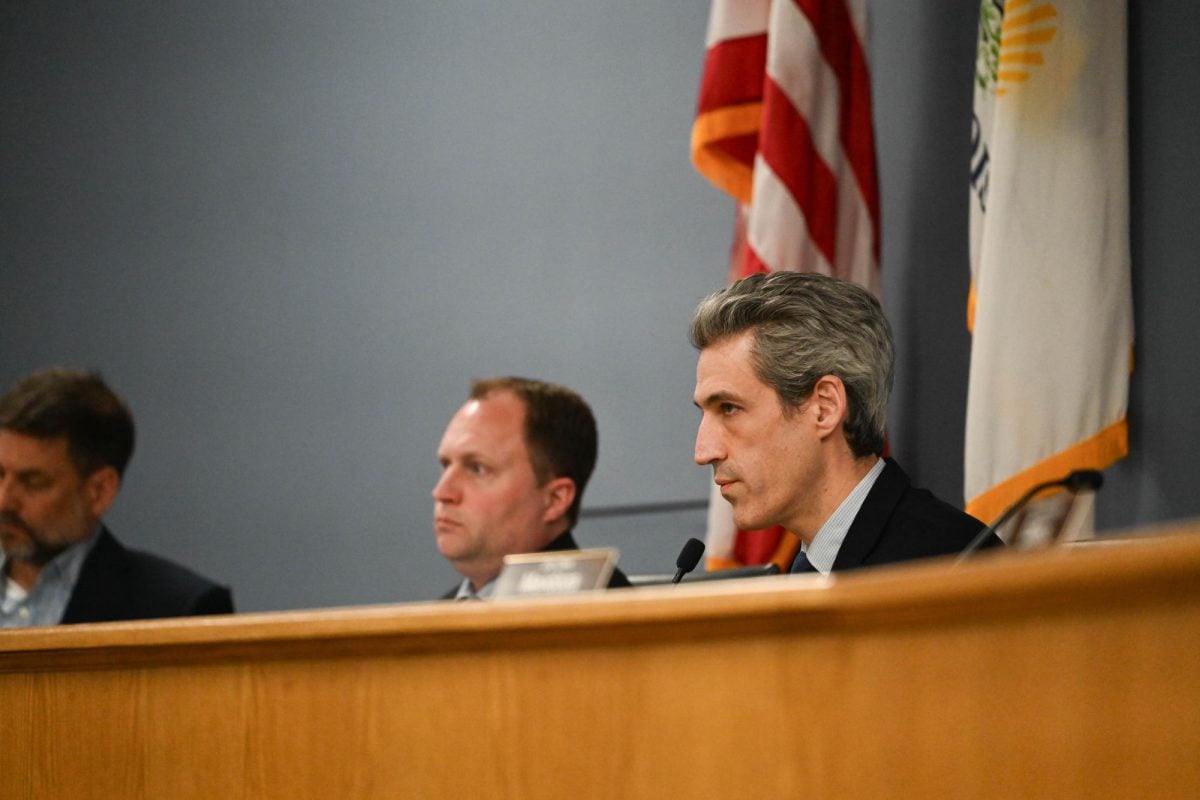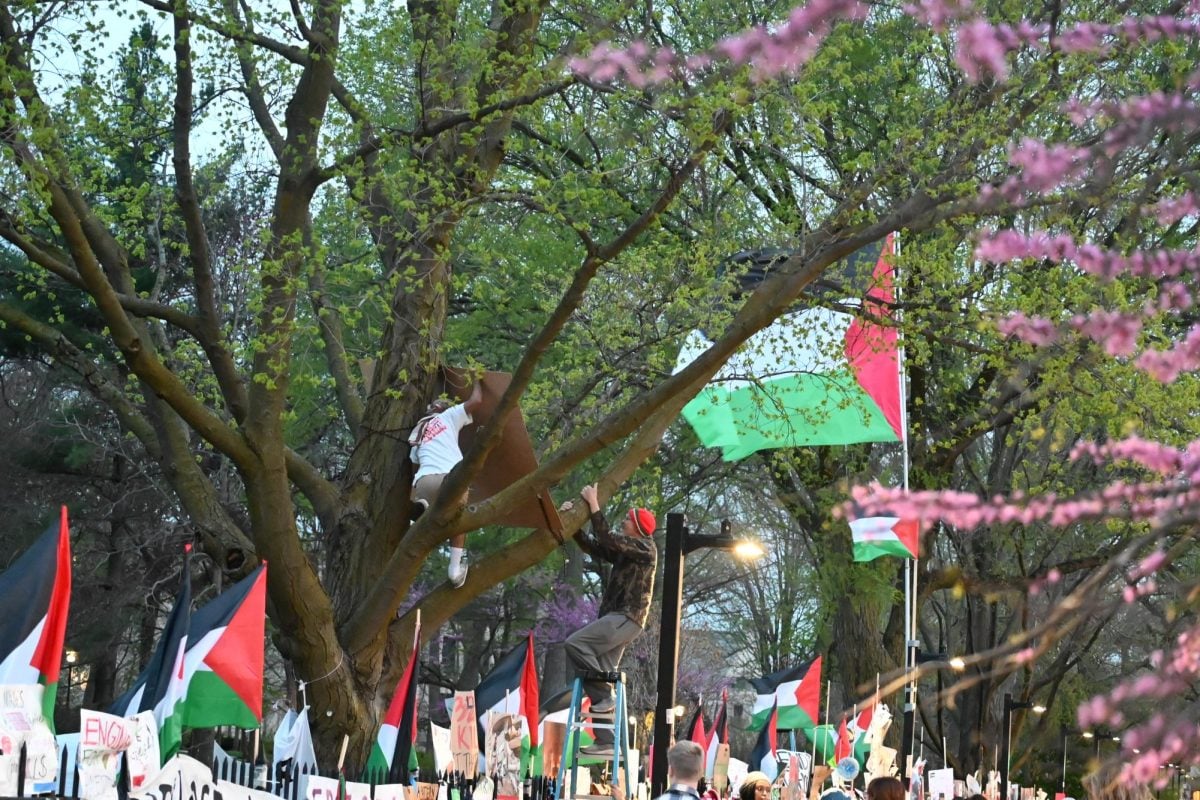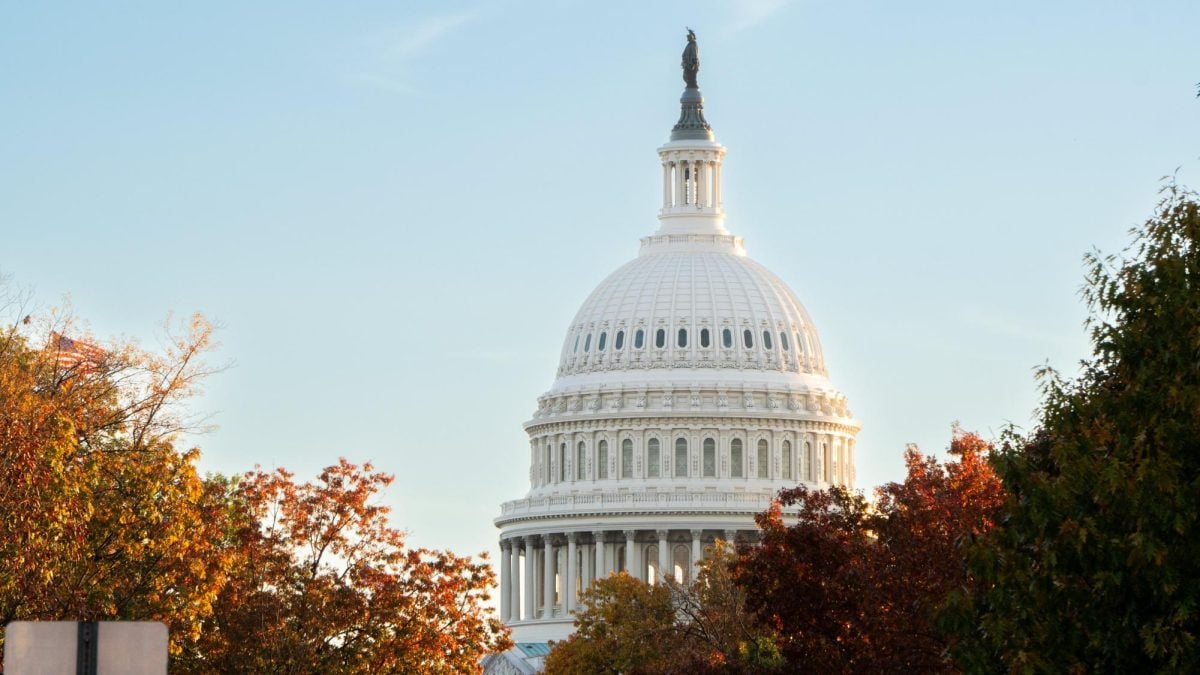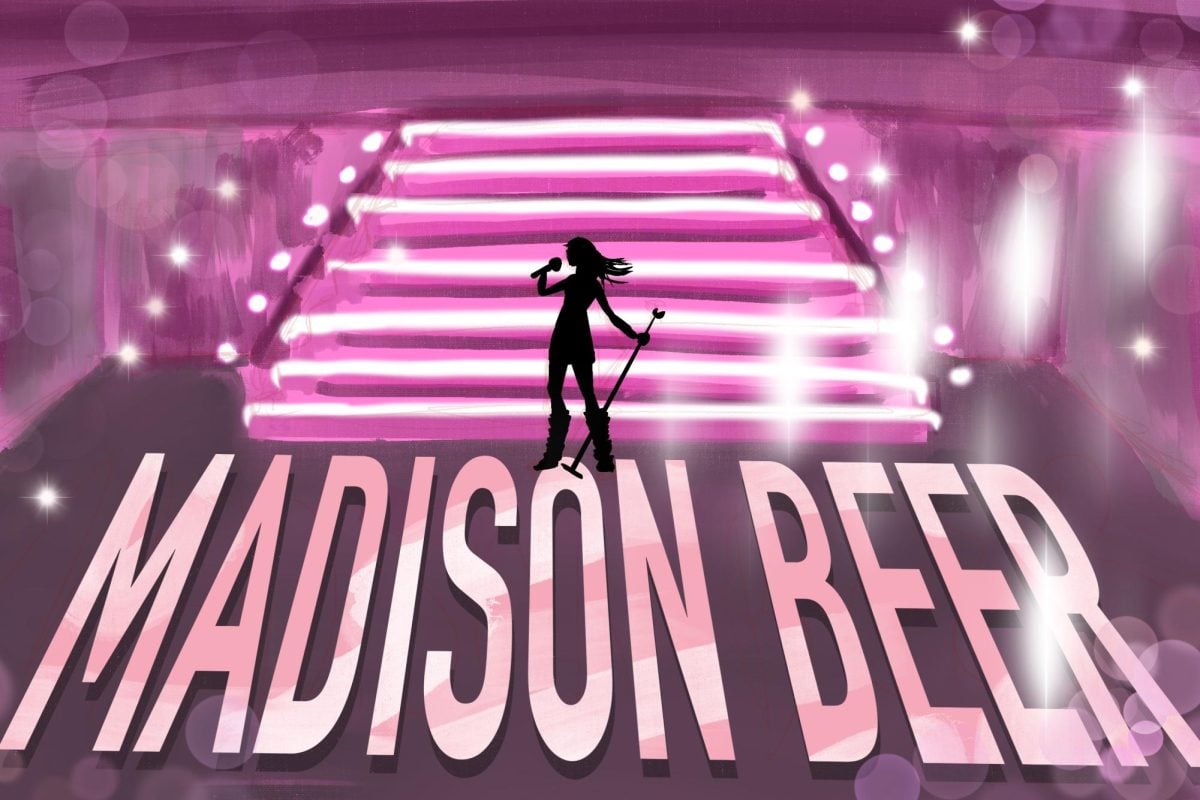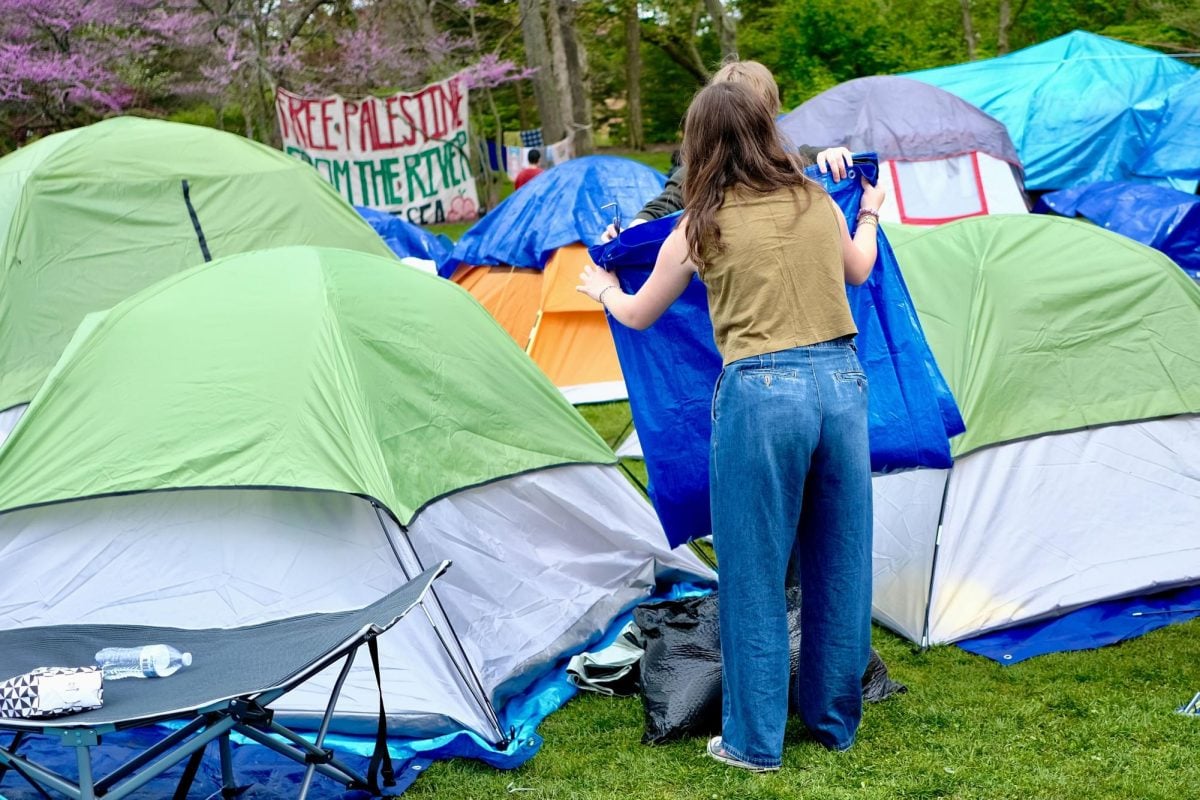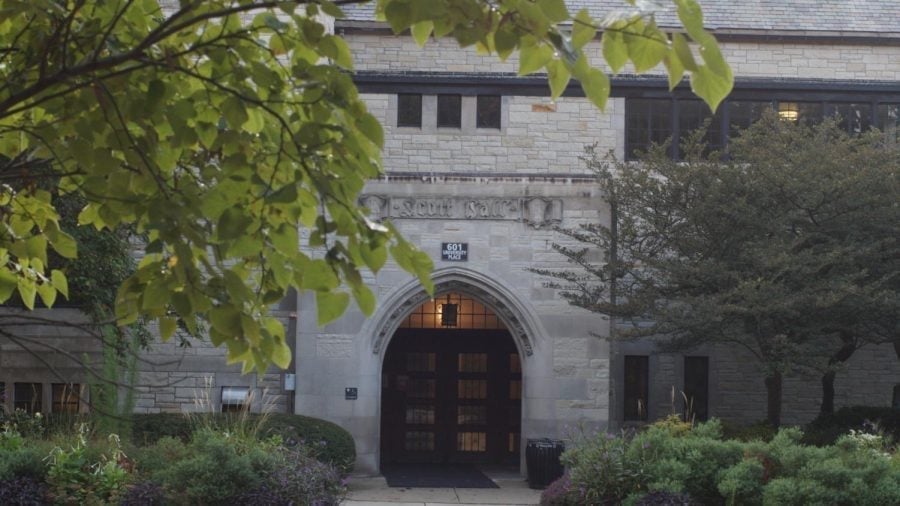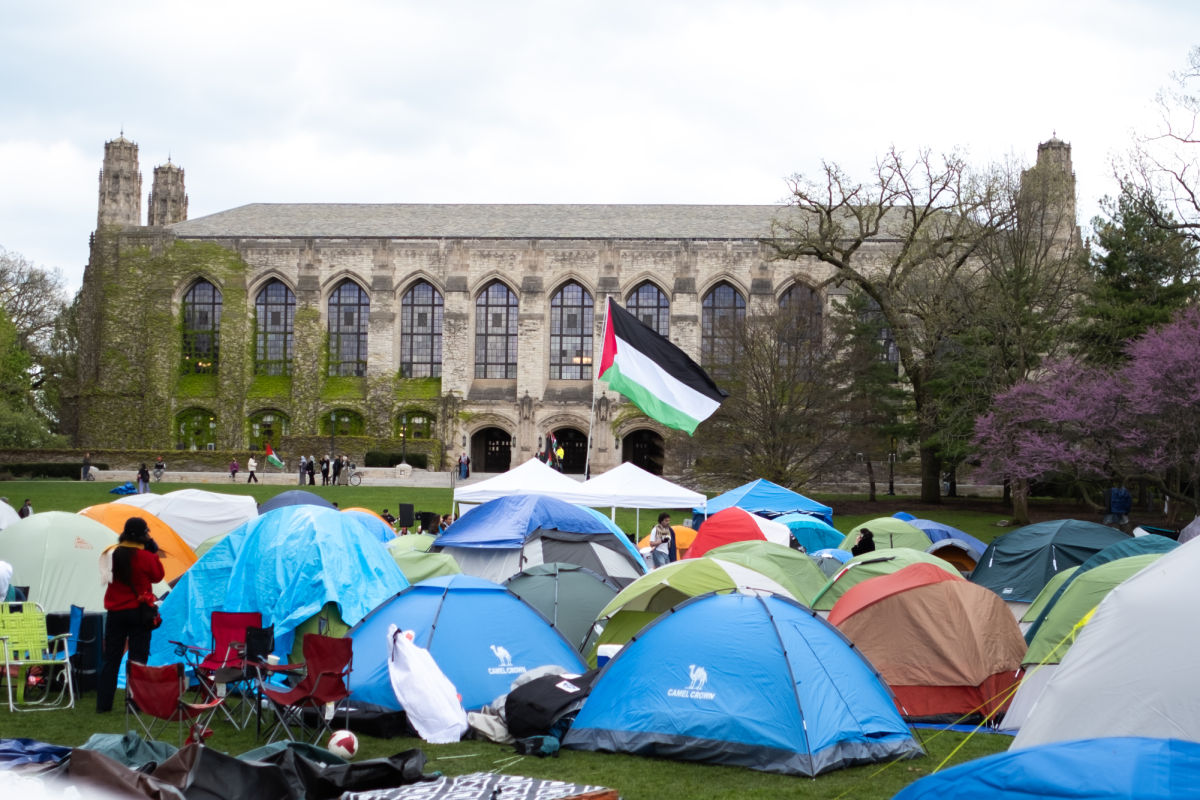A one-way ticket on Metra’s double-decker commuter trains from downtown Evanston to Chicago costs $5.50 – more than double the cost for riding the Chicago Transit Authority “L” train the same distance.
Starting Feb. 1, the fare will drop to $3.75 — but Metra still expects revenue to remain stable as it simplifies its fare structure.
“It was really just a matter of finding a balance: finding fare options that people would find attractive and might encourage them to ride versus still meeting our budget target,” Metra spokesman Michael Gillis said.
Currently, Metra charges distance-based fares for travel between 10 zones across its service area of six Illinois counties and offers one line to Wisconsin. The byzantine fare tables have confused riders, leading the agency to design a simpler four-zone system, Gillis said.
Evanston’s three Metra stations sit in the new Zone 2, meaning one-way tickets to Ogilvie Transportation Center in downtown Chicago will cost $3.75. A similar trip from Zone 3, which spans Winnetka, Illinois, and Zone 4, encompassing Highland Park and Lake Forest, Illinois, to Chicago will cost $5.50 and $6.75, respectively.
“The Purple Line can be anywhere between 30 minutes, 45 minutes to an hour,” Evanston community organizer Sebastian Nalls said, referring to the rush-hour CTA line that runs to downtown Chicago. “The Metra is usually just a 20, 30-minute straight shot.”
Any trip that neither begins nor ends in downtown Chicago will cost a flat fare of $3.75 — a reduction from the current $8.25 to travel from Evanston’s Davis Street station to Kenosha, Wisconsin, for example. However, prices for passes will increase for some riders based on distance.
“With the onset of the pandemic and the ease with which work has shifted to the home end, it’s going to be a big question mark whether lowering the fares alone will attract riders to the system,” said P.S. Sriraj, who directs the University of Illinois Chicago’s Urban Transportation Center.
Metra, along with the CTA and the Pace Suburban Bus, now faces two major challenges: Ridership remains well below pre-COVID-19 pandemic levels, and a looming fiscal shortfall could create an annual $730 million funding gap for the services’ governing Regional Transportation Authority.
The RTA said without these changes its “fiscal cliff” will arrive by 2026, when pandemic aid funds that kept operations afloat are likely to run out. With federal funding uncertain, the RTA had announced plans to push for a relief package from the Illinois legislature this year.
As the fiscal issues loom, some Chicago-area lawmakers have called on the agencies to consolidate or improve cooperation between Metra, CTA and Pace. Though CTA and Pace offer transfers and passes between the two systems with the Ventra card, Metra does not accept the card and instead sells tickets via the Ventra mobile app and aboard trains.
Metra has started to install paper ticket vending machines at its stations, and in “several years” aims to have them systemwide, Gillis said. However, the agency does not have the money or “wherewithal” to create a tap-on, tap-off system that would allow riders to use their Ventra cards, according to Gillis.
“After the pandemic, their ridership has been decimated to an extent that the cost of reconfiguring their 240-odd stations into the tap-on, tap-off type of system will be so prohibitively enormous that it may not make sense under the current climate, where they’re still not sure where their operations will be supported from,” Sriraj said.
Email: [email protected]
Twitter: @realShunGraves
Related Stories:
— CTA Holiday Train carries Santa, elves to every ‘L’ station
— Facing multiple headwinds, Pace preps for full debut of rapid bus

